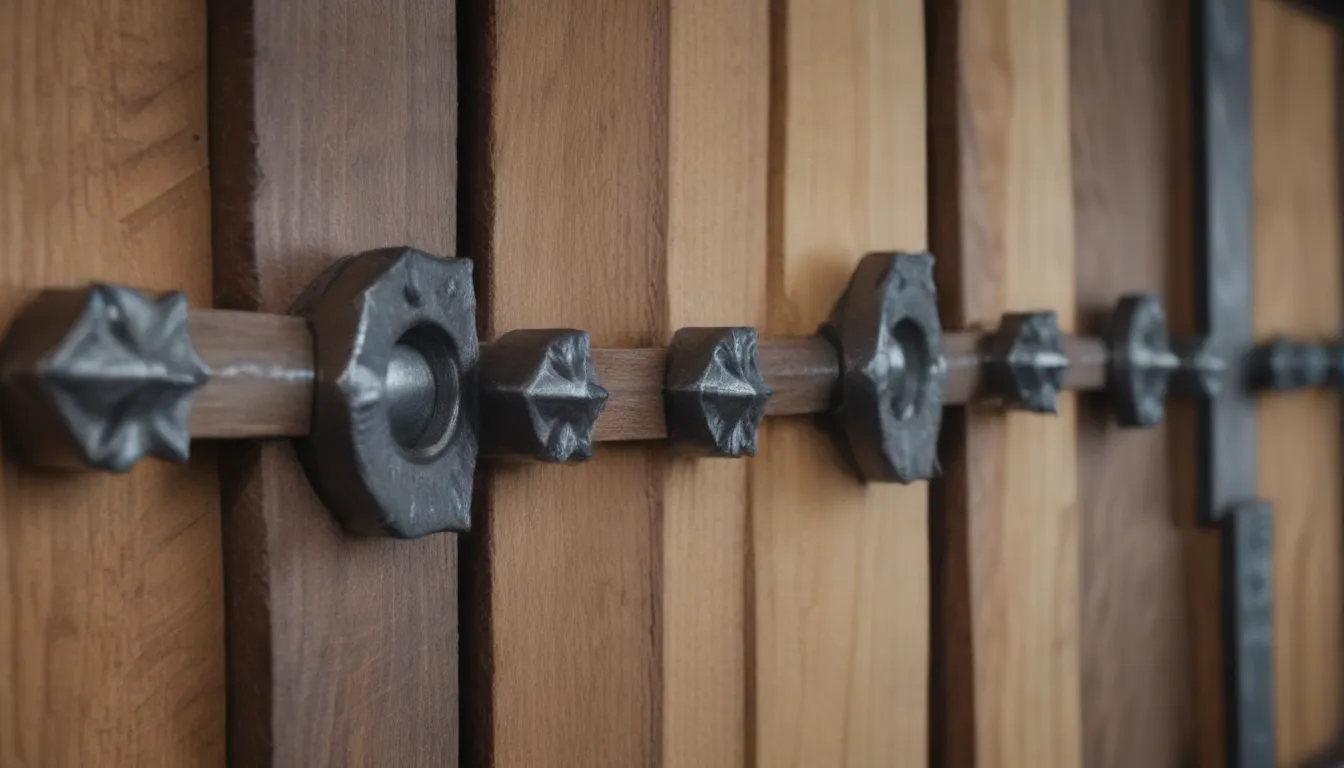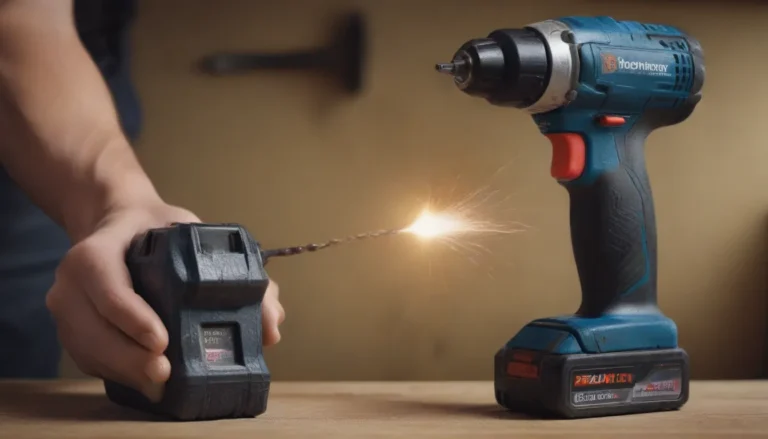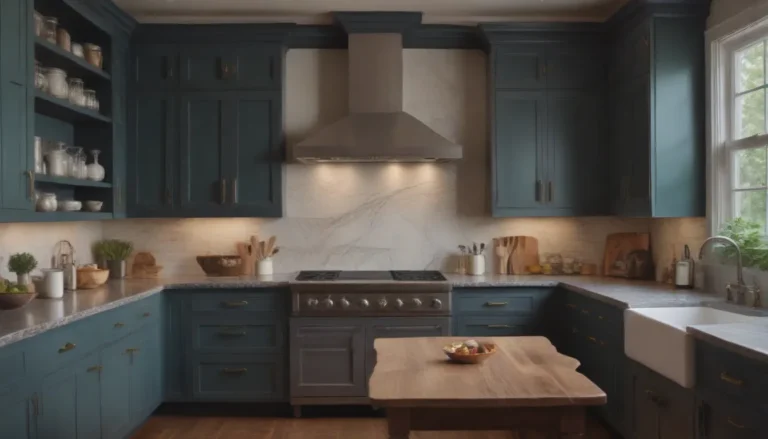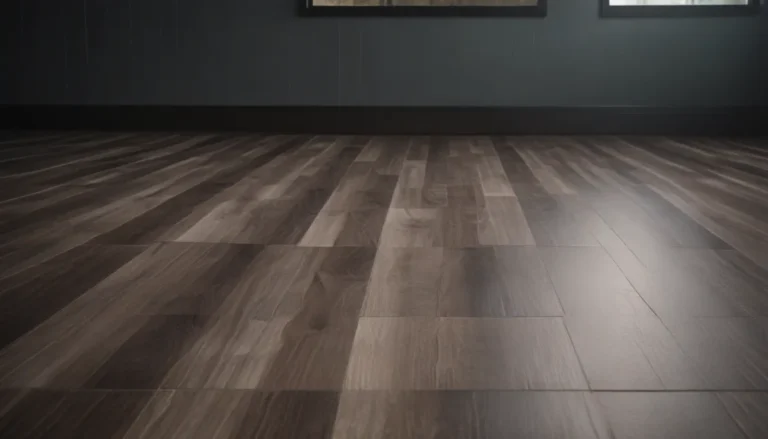Steel Studs vs. Wood Studs for Wall Framing: Which Should You Choose?

When it comes to framing a wall, one of the key decisions you’ll need to make is whether to use steel studs or wood studs. Each material has its own set of advantages and disadvantages, so it’s important to weigh your options carefully before making a decision. In this article, we’ll explore the differences between steel and wood studs, the pros and cons of each, and provide you with valuable information to help you decide which option is right for your project.
What Are Steel Studs?
Steel studs are roll-formed, U-shaped, high-strength steel building materials that are primarily used with drywall. They are ideal for basement, attic, and garage remodels, and are embossed to create additional stiffness. Steel studs also have flange grooves that help with drywall sheet alignment. While steel studs were once primarily used in commercial construction, they are now more widely available at home improvement centers.
Standard Sizes of Steel Studs
Home centers and local lumberyards typically stock steel studs in dimensions that match two-by-four wood studs, with lengths ranging from 8 feet to 14 feet. Standard steel studs are usually made of 25-gauge steel. When comparing steel studs to wood studs, it’s important to consider the following factors:
Steel Studs:
– Rot-free
– Straight and true
– Durable
– Waterproof, fireproof
– Difficult to cut
– Higher cost
– Limited availability
– Possibility of rust
Wood Studs:
– Unpredictable quality
– Will rot unless pressure treated
– Possibly bowed or warped
– Easy to cut
– Easy to find
– Less expensive
– Flammable
Pros and Cons of Steel Studs
When deciding whether to use steel studs for your project, it’s essential to consider the pros and cons associated with this material.
Pros of Steel Studs
- Predictable
- Durable
- Cost-effective
- Lightweight
- Good for problem areas
Cons of Steel Studs
- Difficult to cut
- Limited availability
- Limited creativity
- Drywall installation is tricky
- Risk of rust
- Extra installation requirements
While steel studs offer a range of benefits, they may not be the best choice for every project. For do-it-yourselfers, working with steel studs can be more challenging than working with wood studs, as it requires a learning curve and poses additional safety hazards. Additionally, there are certain situations where using wood studs may be more practical, such as when attaching electrical boxes or trim moldings.
Tip: Thermal Conductivity
Steel studs conduct heat more efficiently than wood studs, which can lead to increased heat loss in certain situations. To avoid this, consider constructing walls with a thermal break or gap to minimize heat transfer.
Warning: Safety Risks
Cutting metal studs can be more hazardous than cutting wood, as power tools used for this task can be dangerous if not handled properly. Other risks associated with steel studs include rust and the need for additional installation requirements.
Comparing Steel Studs and Wood Studs
When comparing steel studs to wood studs, it’s important to consider the specific needs of your project. While steel studs are stronger and more durable than wood studs, wood studs are more cost-effective and easier to work with. Here are some key factors to consider:
Steel Studs:
– Stronger
– Lighter in weight
– Fire-resistant
– Will not shrink, warp, split, or mold
– Risk of rust
– Limited availability
– More difficult to cut
Wood Studs:
– Less expensive
– Safer to work with
– Faster to install
– May rot or warp over time
– Can support more weight
– Ideal for load-bearing walls, cabinets, doorways, and frames
Ultimately, the choice between steel studs and wood studs will depend on your project requirements, local building codes, and budget constraints. While steel studs offer durability and strength, wood studs provide affordability and ease of installation. Consider your specific needs and preferences when determining which option is best for you.
Mounting a TV on Metal Studs
If you’re considering mounting a TV on metal studs, keep in mind that steel studs are hollow and require special tools and fasteners for proper installation. You can choose from three fastener types for this task: toggle bolts, self-drilling toggle anchors, or snap toggles. Additionally, electrical wires that pass through knock-outs in steel studs should be run through plastic grommets or bushings for safety.
In conclusion, both steel studs and wood studs have their own set of advantages and disadvantages. When deciding which to use for your wall framing project, consider factors such as durability, cost, ease of installation, and safety. By weighing the pros and cons of each material, you can make an informed decision that best suits your specific needs and preferences. Whether you choose steel studs or wood studs, ensure that your wall framing is strong, reliable, and built to last.





